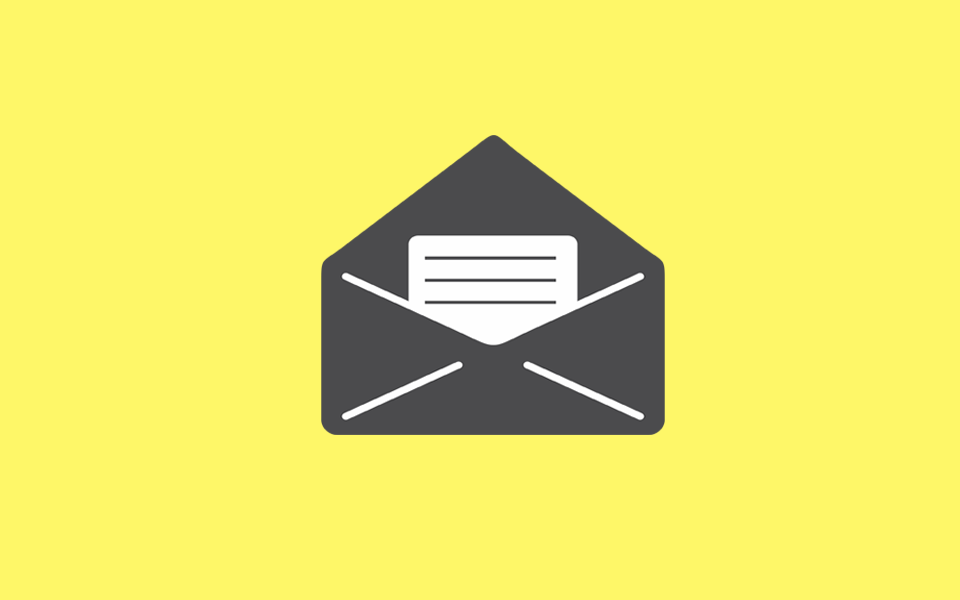

It happens to everyone. People on your email list become inactive and stop opening your emails. This happens for a number of reasons, and could be because:
- You’re going into their SPAM folders.
- They just haven’t gotten around to unsubscribing yet.
- You’re emailing them too much, so they gloss over your name.
- You’re not emailing them enough, and they forgot who you are.
- They just subscribed for a one-time perk, like a coupon or freebie.
- They subscribed to complete a one-time or infrequent transaction, like filling a yearly contact prescription, for example.
- Your emails don’t provide value for them.
- Your emails weren’t what they thought they would get when signing up.
Some of these situations can be remedied and you can revive your relationship with these subscribers. Its important to re-engage people on your email list because having your emails delivered to their SPAM folders will hurt your Sender Score. Email re-engagement campaigns also give you an email list that is far more engaged, yields a higher click-through rate, drives more conversions and customers, and improves your email deliverability.
Identify Your Inactives
Depending on your business model and sales cycle, your inactive time will differ and there can’t be a standard for this. If you sell a service that people buy yearly, then having inactive subscribers for 3-6 months, when they are not interested in buying your product would be normal. But if you sell a product like clothing that could be bought everyday, having an inactive subscriber for 3-6 months would be a problem.
Once you have an idea of what a normal time span for inactivity looks like, include another discrete metric to segment out your inactives. We recommend click-through rate, as it’s a much better indication of engagement than open rate.
Be sure to create different list segments if you plan on sending re-engagement campaign content that is specific to a particular buyer persona, for example. This will allow you to create more targeted content that increases the likelihood your campaign actually does re-engage some subscribers.
Create and Send Your Engagement Campaign
You could take an approach of sending one email and if there is no change, then cutting those people from your list. Or you could treat this as more of a campaign and send several emails to try to re-engage your readers. It take more than one email to find the value proposition that causes them to change their minds about your emails.
To help you fill out your email campaign, here are several effective types of re-engagement emails that businesses often send.
- Update Email Preferences: Offer to change the frequency of the emails you send or to customize the subject matter about which your recipient receives emails. This helps recipients that are struggling with inbox overload.
- Email Feedback Survey: Ask your subscriber if there is something you can do to improve your email content to make them engage more frequently. Worst case scenario, you get feedback on your content.
- Incentivize Email Activity: Offer freebies or coupons for re-opting in to your email list, but make sure it’s based on their past purchase or download history.
- Get Emotional: You’ve probably received an email or two from a company that says how much they miss you. Maybe it doesn’t strike a chord with everyone, but it can be pretty refreshing to hear a company talk to you like a human being.
- Use a Deadline: Best reserved for the last email of your re-engagement campaign, this email graciously asks recipients to opt in by a certain date or be removed from the email list. Sometimes the deadline is enough of an impetus to get a subscriber to confirm that they do or don’t want to receive your emails. Be sure to make it easy for them to provide a response; say something like, “Yes, please keep me subscribed!” and “No, please remove me from your email communications.”
Knowing that these subscribers are the least likely to engage, don’t expect huge conversion rates. While some of them may take notice, you will find that most of your inactive subscribers stay that way.
While you don’t have to unsubscribe them, it’s in your best interest to stop sending to your inactives by separating them out from your normal send lists.
Here are some other resources and ideas for re-engagment campaigns:
Why You Should Delete Inactive Email Subscribers
3 Steps to Successful Subscriber Reengagement
The Top 10 Ways To Re-Engage Dead Email Subscribers
